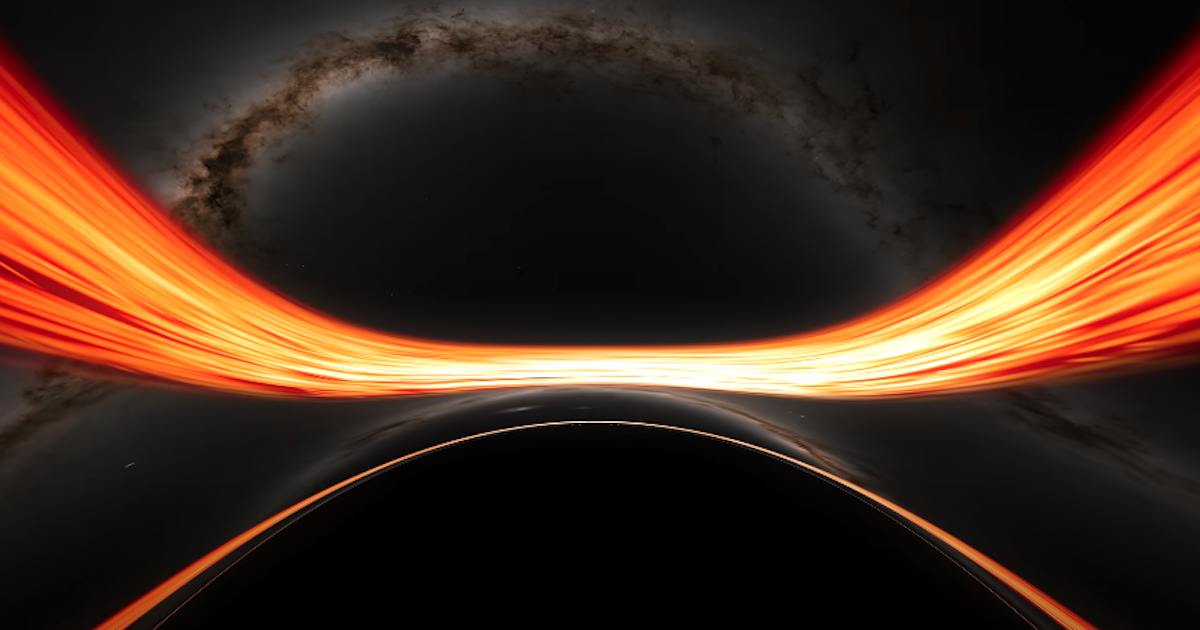
Black holes are one of the most mysterious things in the universe. Not only do they boggle the mind of the average person, but they are actually the source of problems for the smartest physicists in the world.
The leading scientific theories about how the universe works, quantum mechanics and general relativity, are extremely reliable when tested.
Unfortunately, when it comes to black holes, these two theories do not work together.
The predictions from general relativity say that nothing, not even light, is able to escape from a black hole (which is how they got their name).
On the other hand, the theory of quantum mechanics suggests that a black hole will emit “Hawking radiation,” which is named after Stephen Hawking.
The Hawking radiation, however, does not provide details about the initial state of what went into the black hole, which violates what we know from both quantum and classical physics.
This creates what is called the black hole information paradox.
The idea that radiation does escape from a black hole means that eventually, over the course of an extraordinarily long time, black holes would shrink down to nothing.
Needless to say, the science behind the idea that information is able to leak out from black holes is very complicated. Even the leading scientists who work on these types of theories disagree on how, or even if, this is actually happening.
The more they learn about this concept, however, the closer they will be to unifying general relativity and quantum mechanics (or, perhaps, coming up with an entirely new theory), which is very exciting.
On a related note, NASA has also recently released an immersive visualization of what it would be like to fly into a black hole (an activity we definitely do not recommend). Check out the fascinating video here:
The science behind black holes is truly extraordinary.
If you thought that was interesting, you might like to read about a second giant hole has opened up on the sun’s surface. Here’s what it means.